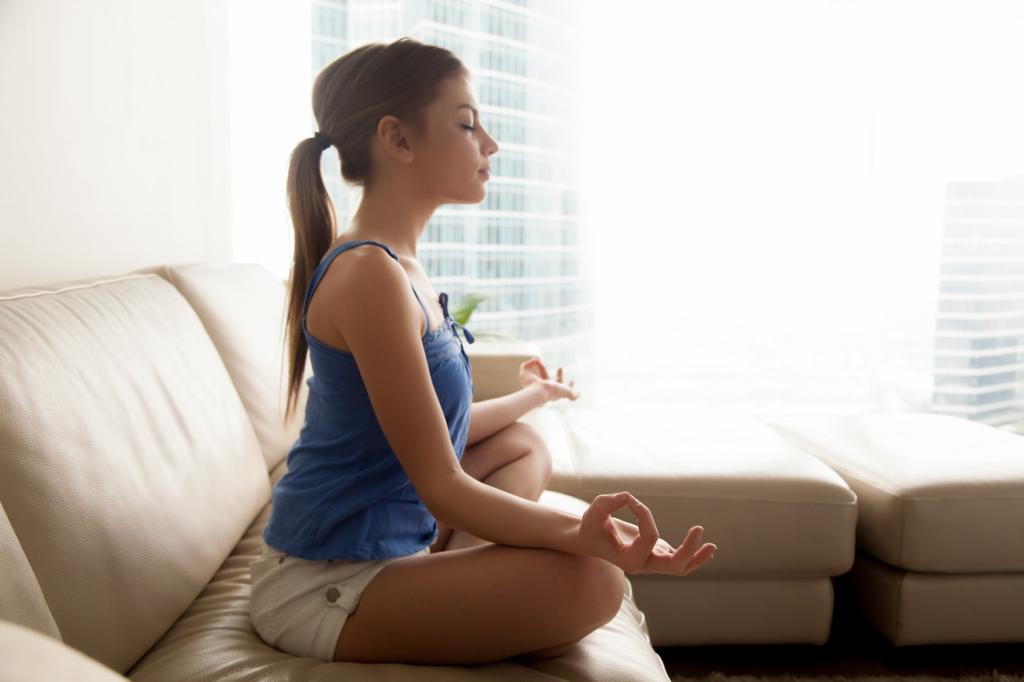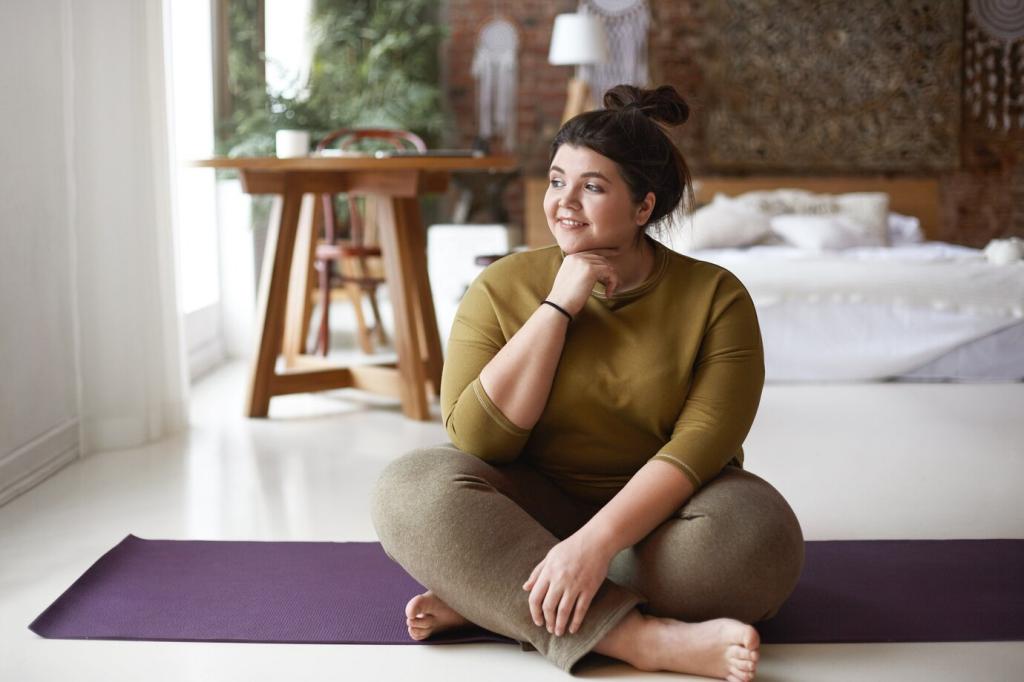Start With Stillness: Core Principles of Zen Design
Let empty space do the heavy lifting. Edit surfaces until the eye can rest, and choose fewer, more meaningful pieces. Notice how your breath deepens when visual noise fades. What’s your biggest clutter challenge right now? Share it, and we’ll refine solutions together.
Start With Stillness: Core Principles of Zen Design
Favor low seating, modest silhouettes, and horizontal lines that settle the nervous system. Think tatami-level benches and simple platforms. A single clean plane calms attention effortlessly. Ask yourself which items can go lower or slimmer to create a grounded, stable horizon inside your home.
Start With Stillness: Core Principles of Zen Design
Let age, asymmetry, and honest materials offer quiet beauty. A crackled bowl, a creased linen, a softly worn plank invite acceptance. Imperfection can anchor your practice. Want weekly prompts for wabi-sabi observation exercises? Subscribe and we’ll send gentle, practical micro-challenges.
Start With Stillness: Core Principles of Zen Design
Lorem ipsum dolor sit amet, consectetur adipiscing elit. Ut elit tellus, luctus nec ullamcorper mattis, pulvinar dapibus leo.



